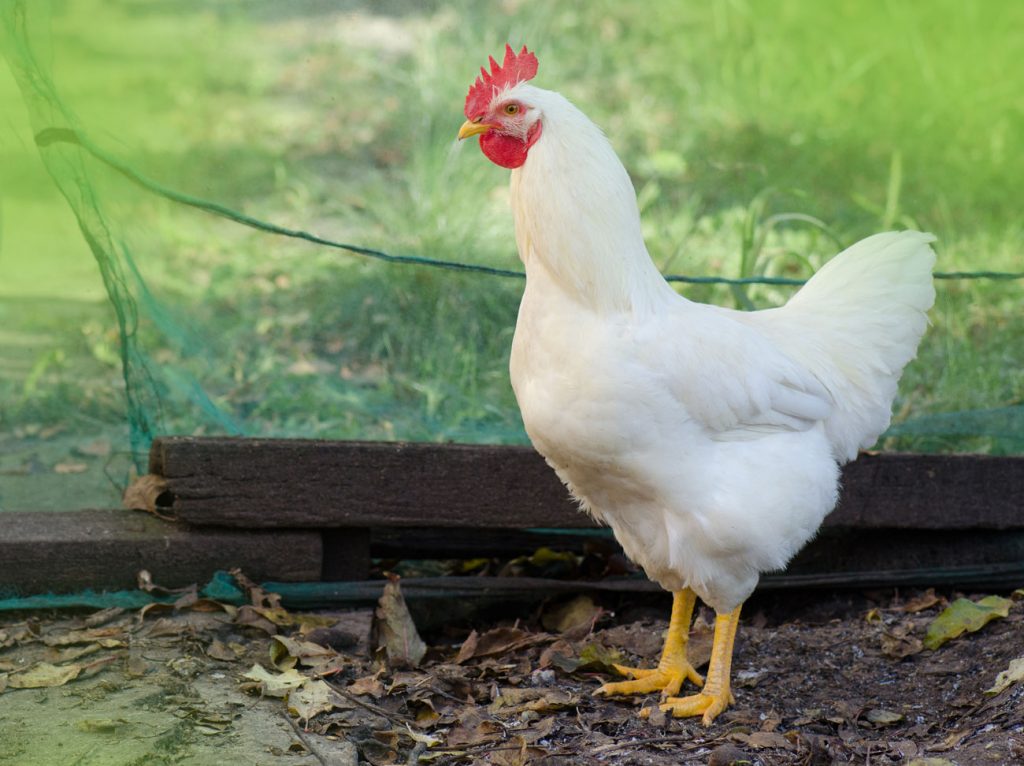When it comes to raising chicken, we get to the point on which we need to make some decisions, and this includes raising chicken for eggs or meat. Even when some state that this decision depends completely on taste, there are still some aspects left to consider. Some breeds might work better than others, and whether we are raising chicken for eggs or meat consumption, meeting our particular needs is always important. Here are the differences between raising layer chickens and broiler chickens.
Raising Layer Chickens
One of the main differences between raising chicken for eggs or meat consumption is that each type of bird is referred to differently. Chickens that are raised for laying eggs are called layers. The best kind of laying birds are small chickens that eat small amounts of food but are able to produce large quantities of eggs. Hens start laying eggs when they reach between 16 and 20 weeks, and as they get old, they start producing fewer eggs.
Layers can be used for meat consumption, although this is not really recommended. This is because the meat of laying birds tends to be tougher, and its nutritional value is lower, too. Therefore, if we are looking for both egg production and meat consumption, we should get different breeds, one for each purpose.
Raising Broiler Chickens
If we are raising chicken for eggs or meat, and we want to have both options available, we should consider raising broilers for meat. Unlike layers, broilers are typically larger and bulkier breeds and come with more muscle tone. Another difference between layers and broilers is that chickens raised for meat can be both female and male.
Now, female broilers are able to produce eggs, but they will produce about half of what layers do a year. However, the quality and taste of eggs both from layers and broilers are basically the same.
In order to ensure high-quality meat, broilers should maintain a high-protein feed. Also, they are ready for consumption when they reach between 8 and 12 weeks old. Lastly, broilers’ meat is richer in fat and protein than that of layers, which is why layer meat is not really recommended for consumption.
Coop Housing Accommodations
Whether we are raising chicken for eggs or meat, we need to remember that each breed will require different housing accommodations. Layers need nesting boxes for hens to lay their eggs, and broilers need a spacious coop where larger birds can accommodate.
When raising chicken for eggs or meat together in the same space, we need to keep each breed in separate coops. Otherwise, broilers might mate with layers and fertilize the eggs of our hens.
